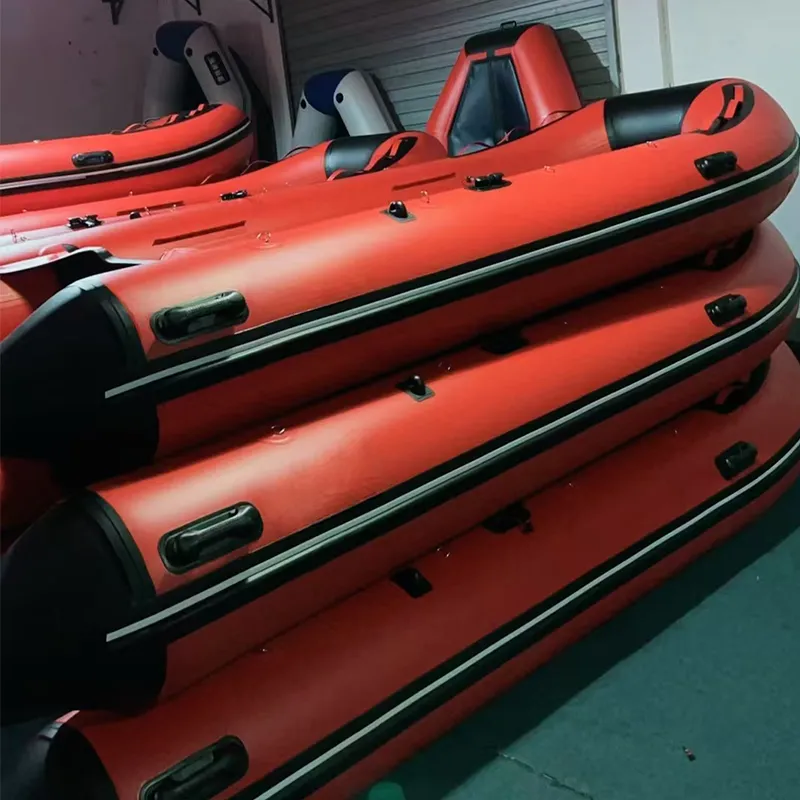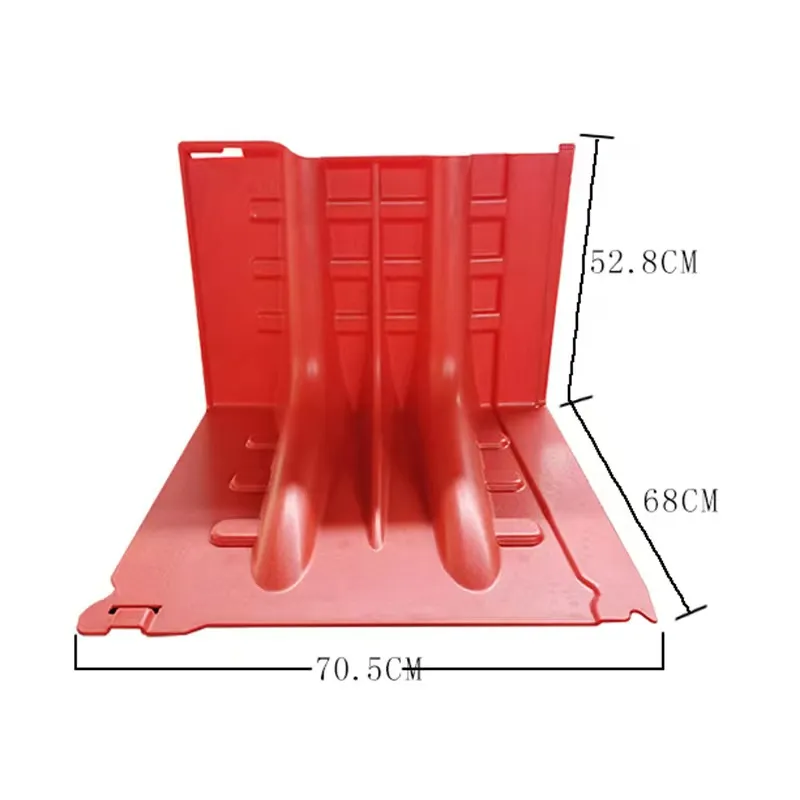

In vehicular rescue operations, the use of prying tools takes a specialized approach. The combination of spreading and prying tools, such as the jaws of life, provides the delicate balance of force and precision required to extricate trapped victims from wrecked vehicles. The ability to apply steady pressure or rapid bursts is critical when dealing with crumpled metal and shattered glass, where care is needed to ensure the safety of both the victims and rescuers. Another aspect of dealing with prying tools in firefighting is the training and expertise required to use them effectively. Firefighters undergo rigorous training to master the use of these tools under pressure. Understanding the mechanical advantages and limitations of each tool is a fundamental part of this training. For instance, leveraging the Halligan tool correctly requires knowledge of force application and fulcrum placement to maximize efficiency and reduce exertion. In addition to practical training, proper maintenance of prying tools ensures reliability when enforcing entry. Regular checks for damage, rust, or wear and tear are crucial as these can compromise the integrity and effectiveness of the tools. Some materials may require special care, such as keeping them dry and oiled, to prevent degradation over time. In conclusion, prying tools are not just simple implements but sophisticated devices integral to modern firefighting and rescue operations. Their application ranges from structural fires, vehicular incidents, to situations requiring rapid access and force. Proper understanding of their use and maintenance is fundamental to their effectiveness, highlighting the importance of ongoing training and equipment care. This ensures that these tools perform at their best in critical situations, ultimately saving lives and property.





















